
by Paula Rivers Au.D | Jan 1, 2020 | News
It’s a brand new year, time to think about goals we want to accomplish and how we will succeed with our dreams. As a final part of our “Spreading Good Cheer” series, here are a few inspiring stories about people who didn’t let their hearing loss keep them from achieving their dreams.
Lemons to Lemonade
Some think of hearing loss as a deficiency, but this family has found a way to create something exciting and new (or old, in fact) while giving back to their community:
4-year-old with hearing disorder is CEO of popular lemonade stand
Teens with Dreams
These two stories feature teens who have found ways to make their dreams come true with the help of Oticon’s “Focus on People Awards” which “aim to support ‘exceptional people with hearing loss’” and “change perceptions of what it means to have a hearing loss.”
Marana grad finalist for hearing loss award
Local aspiring chef doesn’t let hearing loss slow him down. Now he’s up for an award
However we choose to accomplish our dreams, it helps to know that something like hearing loss doesn’t have to become a barrier. Of course, the best way to keep hearing loss from slowing us down is to keep our hearing healthy with good nutrition, hearing protection, and regular checks and cleanings. Let RK Audiology help you by scheduling an appointment with us today!
If you missed any of the posts in this series and others, you can always check them out on our blog. Happy New Year!
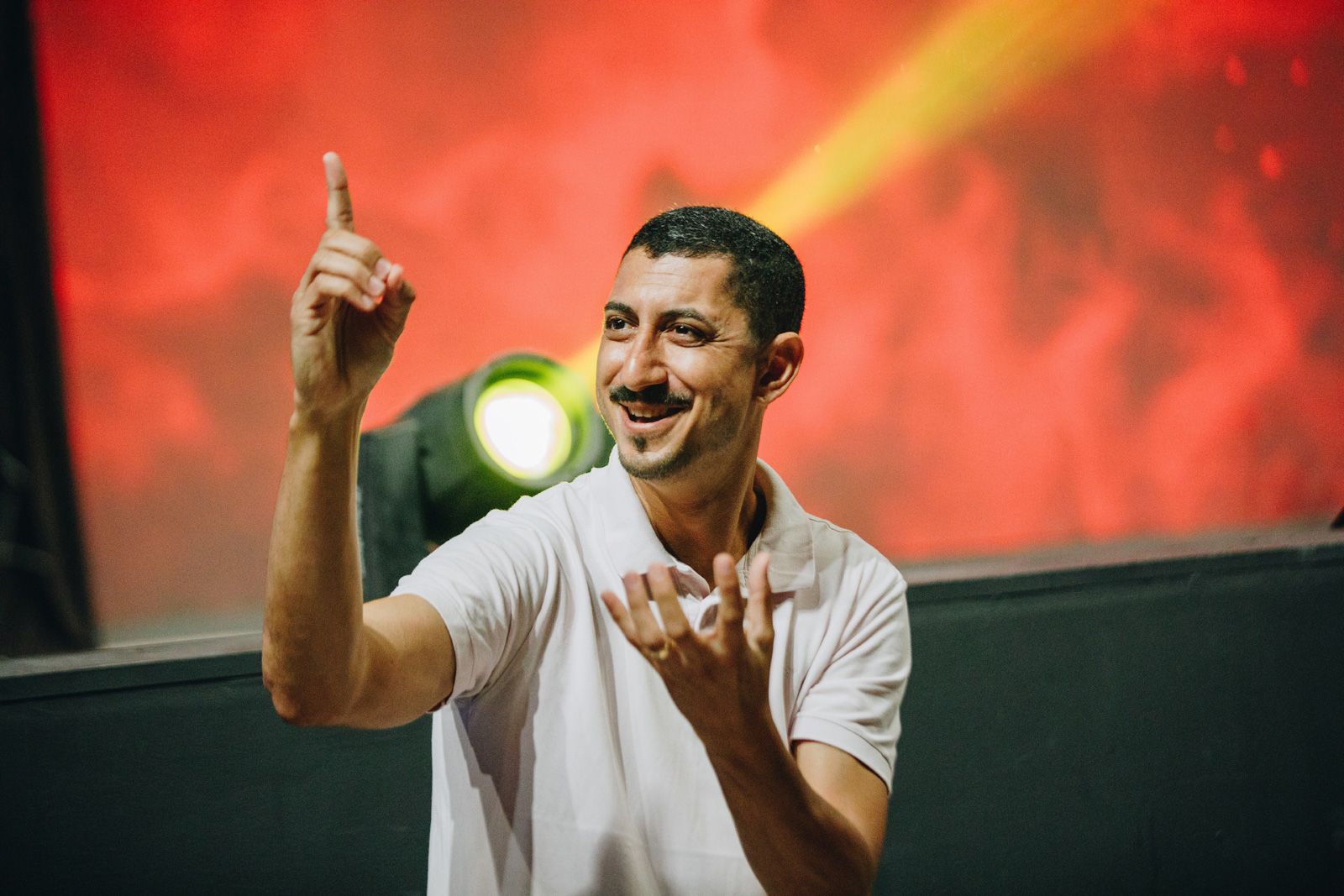
by Paula Rivers Au.D | Dec 15, 2019 | News
Last month, we shared a bit about the Deaf community as part of the “Spreading Good Cheer” series on our blog. In our latest addition, let’s see how better accessibility breakthroughs are showing the deaf community respect, and what this means for the broader community.
For members of the deaf community, it comes down to accessibility. While there is debate amongst members of Deaf culture as to whether they consider themselves “disabled,” there is no doubt that accessibility issues have greatly limited deaf and hard-of-hearing people, causing stress and barring the way to rights and opportunities that many of us take for granted.
This is a common complaint within the community, to the point where a trend has emerged: “Designing for Disability.” This posits the idea that what is good for people with disabilities is good for everyone, and highlights issues within the structure of our society.
Accessibility in Travel
For many deaf and hard-of-hearing people, travel can be a nightmare. See how airlines are looking to turn this around in this article:
Airlines Seek to Serve Hearing-Impaired Passengers
Accessibility in Law
Communication issues with law enforcement have often created tense situations. For the deaf and hard-of-hearing, this can be especially worrisome, as basic communication problems have led to misguided arrests and worse. It’s a step in the right direction, then, to see stories like this:
Henderson deputies carry cards to help communication with deaf, hearing-impaired
As what it means to have a disability comes to the forefront of our social discussions through shared stories and experiences, we can have a better understanding of how to make a more accessible world for deaf and hard-of-hearing people, as well as others in the community…and that’s a better world for us all.
To learn more about the kinds of accessibility devices RK Audiology has access to, visit our website or schedule an appointment today.
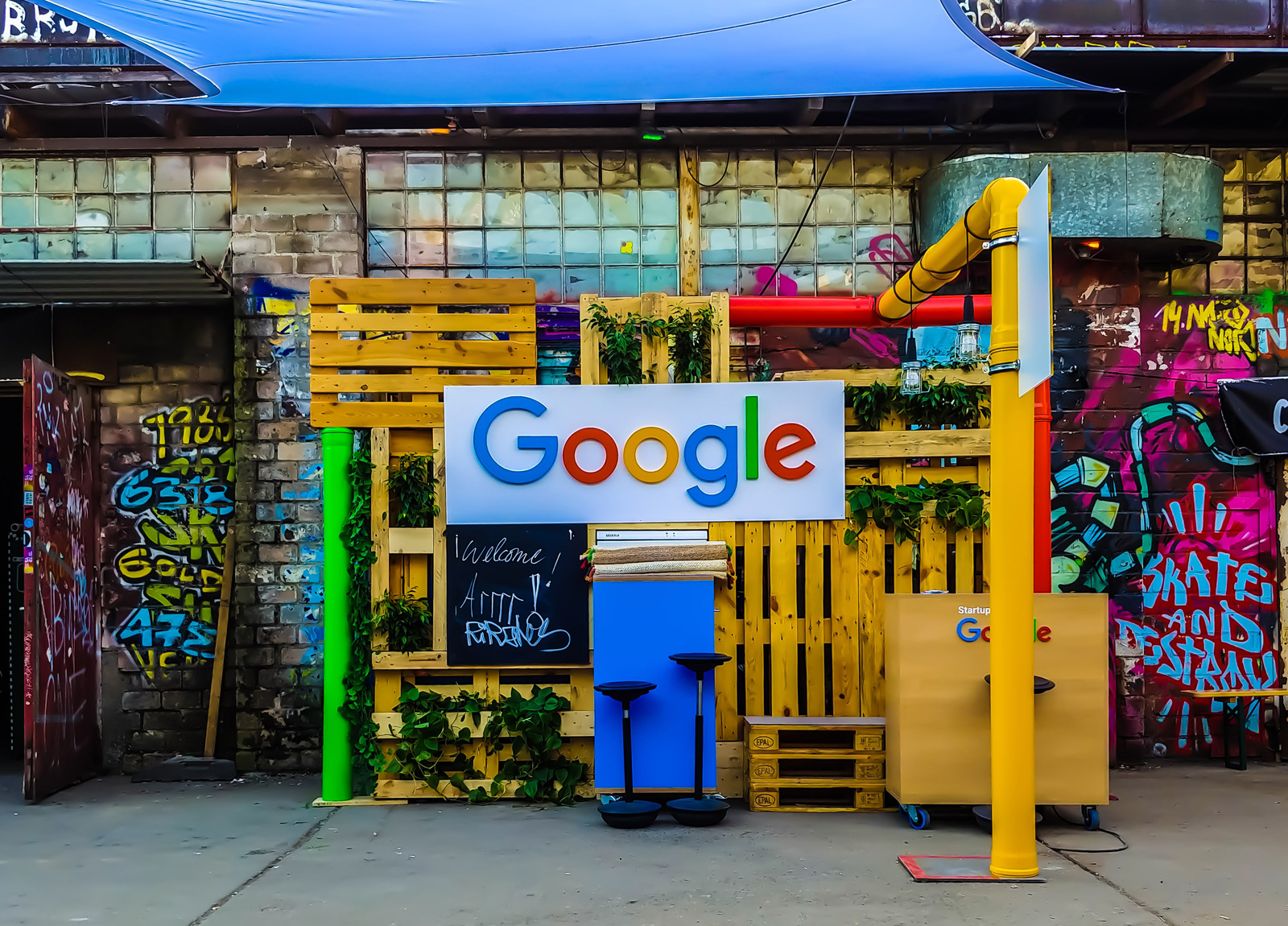
by Paula Rivers Au.D | Dec 1, 2019 | News
As part of the “Spreading Good Cheer” series on our blog, we want to share this great step in accessibility technology for people using hearing devices. Google has teamed up with hearing aid company GN Hearing and Cochlear, and designed new streaming features that allow the user to access music and phone calls directly through their hearing device.
According to Cochlear Chief Technology Officer Jan Janssen:
“The benefit to our users is they will no longer have to use an intermediate device to stream audio from a compatible Android device to their cochlear implant sound processor or hearing aid”
Skipping the middle man here will undoubtedly make accessibility easier for people with hearing devices. You can learn about it in this article by Hearing Tracker.
Hearing Technology at RK Audiology
We pride ourselves on having the latest and most effective technology for hearing evaluation and treatment. Learn more by starting with our 3D Digital Ear Scanner. Then, check out these pages to learn more about hearing-in-noise devices and hearing aids:
We also do custom fittings for a whole host of hearing protection devices: monitors, earplugs for musicians, and more. Schedule a custom fitting with us today!
[The views expressed in this editorial are for informational purposes only and are not endorsed by Google. RK Audiology is not affiliated with Google or Google products.]
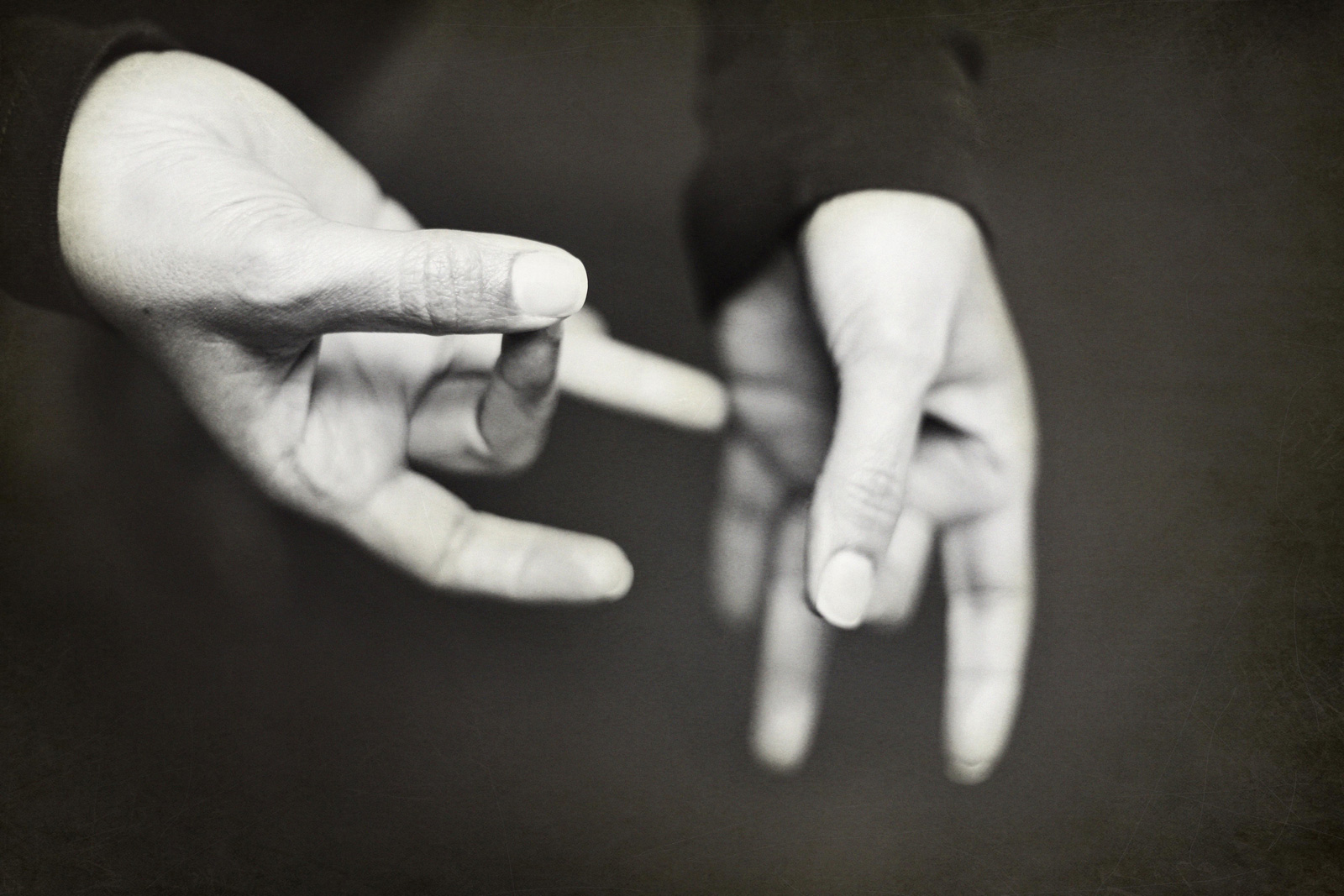
by Paula Rivers Au.D | Nov 15, 2019 | News
When Hurricane Dorian was on the doorstep of the eastern seaboard a couple of months ago, governors took to the airways to warn their constituents of the impending danger. They were not alone, however. In many instances, such as in Florida and Georgia, these warnings were accompanied by an American Sign Language Interpreter. This is common during times of crises and, at times, the interpreter has been known to steal the show.
This is no mere sideshow, however. ASL interpreters, both hearing and deaf, are vital in times of disaster. While technology has advanced to the point where captions can be used on many live broadcasts, sign language may be a deaf or hard-of-hearing person’s first and even only mode of communication. Having an interpreter on hand means that those people have access to the same life-saving information as everyone else.
ASL: The Foundation of a Culture
American Sign Language is a beautiful language, incorporating many elements in its execution, including facial expression, body movement, storytelling, and more. Rather than signing each word (as with Signed Exact English), ASL approaches from a more visual perspective, focusing on the effective presentation of information.
This language is the foundation of a rich culture. To be part of Deaf culture is to be part of a close-knit community, brought together by language and shared experience, and Deaf events are known to be great social gatherings.
Did you know that sign language is not universal? There are different signed languages in different countries and regions, and those cultures influence the formation and execution of those languages. Just as you may not automatically understand Spanish or German, signers of ASL will not automatically be able to understand British Sign Language (BSL) or Lengua de signos española (“Spanish Sign Language” or LSE).
Hearing “Loss”?
Many deaf people do not consider their lack of hearing to be a problem, particularly when they have access to large Deaf communities such as the one here in our very own Austin, TX. They are no different from anyone else; their ears simply do not work. For many deaf people, hearing loss is no “loss” at all.
While this may mean that hearing loss is not a problem for you, it is always a good idea to get your ears checked, as hearing health is often an indicator of overall health. You can schedule an appointment with us today.
ASL is amazing, and a great way to kick off our “Spreading Good Cheer” series, which you can find on our blog. Even if your ears work perfectly, you can always learn sign language for yourself and your community. The benefits will amaze you.

by Paula Rivers Au.D | Nov 1, 2019 | News
The holidays are approaching, promising food, family, and gifts. While this is a season filled with joy, we want to help reduce any stress of the holidays which may take a toll on our mental and physical health – that includes our hearing. RK Audiology is going to keep the good cheer going throughout this season with a new series and some tips on keeping your hearing healthy for the holidays.
Looking Back on the Year
RK Audiology has had another great year! Here in our 8th year, we opened a new main office in West Austin, expanded our team and acquired a South Austin property just south of our original location to provide you with more convenience and serve you better! We also obtained new technology that makes us more effective in treating our clients. As always, it’s been a thrill to share our journey and knowledge with you. Here are just a few highlights from this year’s blog posts:
The “Spreading Good Cheer” Series
As you know by now, hearing and hearing health is our passion. Finding the latest and most inspiring information about how to keep ears healthy…well, that’s just a perk. So, we’re passing it on to you with our “Spreading Good Cheer” series for the holidays. Stay tuned to our blog this season as we share a series of posts on different topics, including new technologies, the Deaf community, and more!
Holiday Reminders for Good Hearing Health
- ‘Tis the season to indulge in our favorite foods. As you prepare your holiday menu, be sure to add some antioxidants and Omega-3 fatty acids. Your ears will thank you.
- The holidays are a perfect time to celebrate — when we do it safely. Whether you’re attending holiday parties, watching the big game, or ringing in the new year with fireworks, there are ways to ensure you get the greatest enjoyment from your holiday experiences.
Find more hearing health tips for the holidays when you check out last year’s holiday post.
As always, ear scans and cleanings keep your ears in tip-top shape. Schedule an appointment with RK Audiology for a New Year’s resolution that’s easy to keep, and give yourself and your loved ones the best gift you can this season: healthy hearing.
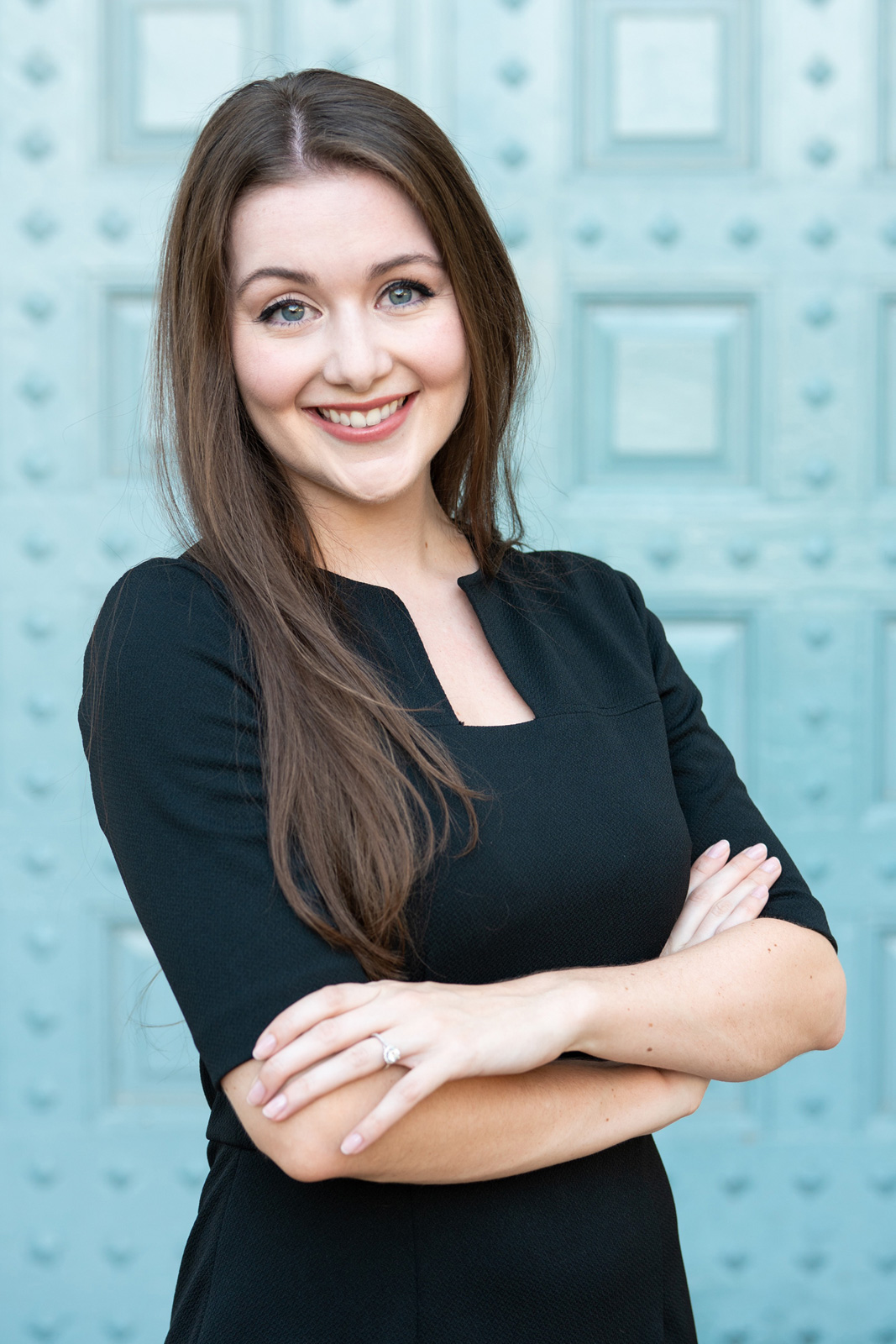
by Andromeda Ross | Oct 1, 2019 | News
The RK Audiology team is growing again, and we’re thrilled to introduce you to our latest addition: Victoria Villarreal. Victoria comes to us from The University of Texas at Austin, where she is studying for her Audiology Clinical Doctorate (AuD).
Victoria is with RK for her 4th-year internship year. She began in June of this year, and we couldn’t be more pleased with how well she fits into the RK team! Her expertise in ear scans, ear cleanings, and hearing instrument fittings make her a perfect staff member to fit our Lyric hearing aids. She believes in the benefits of the product as much as we do, and has this to say:
“Lyric is a great option for people who want a completely invisible, and natural-sounding device to treat their hearing loss. Lyric lives in your ear canal for a couple of months at a time, which means there is no daily hassle. This approach to treating hearing loss is an option worth considering for anyone looking for help with their hearing.”
Victoria loves dance and going to concerts with her new husband! You can read more about her on her profile page.
To learn how Victoria and RK Audiology can help you decide if Lyric is the right choice for you, check out our Lyric Hearing page and schedule an appointment today!
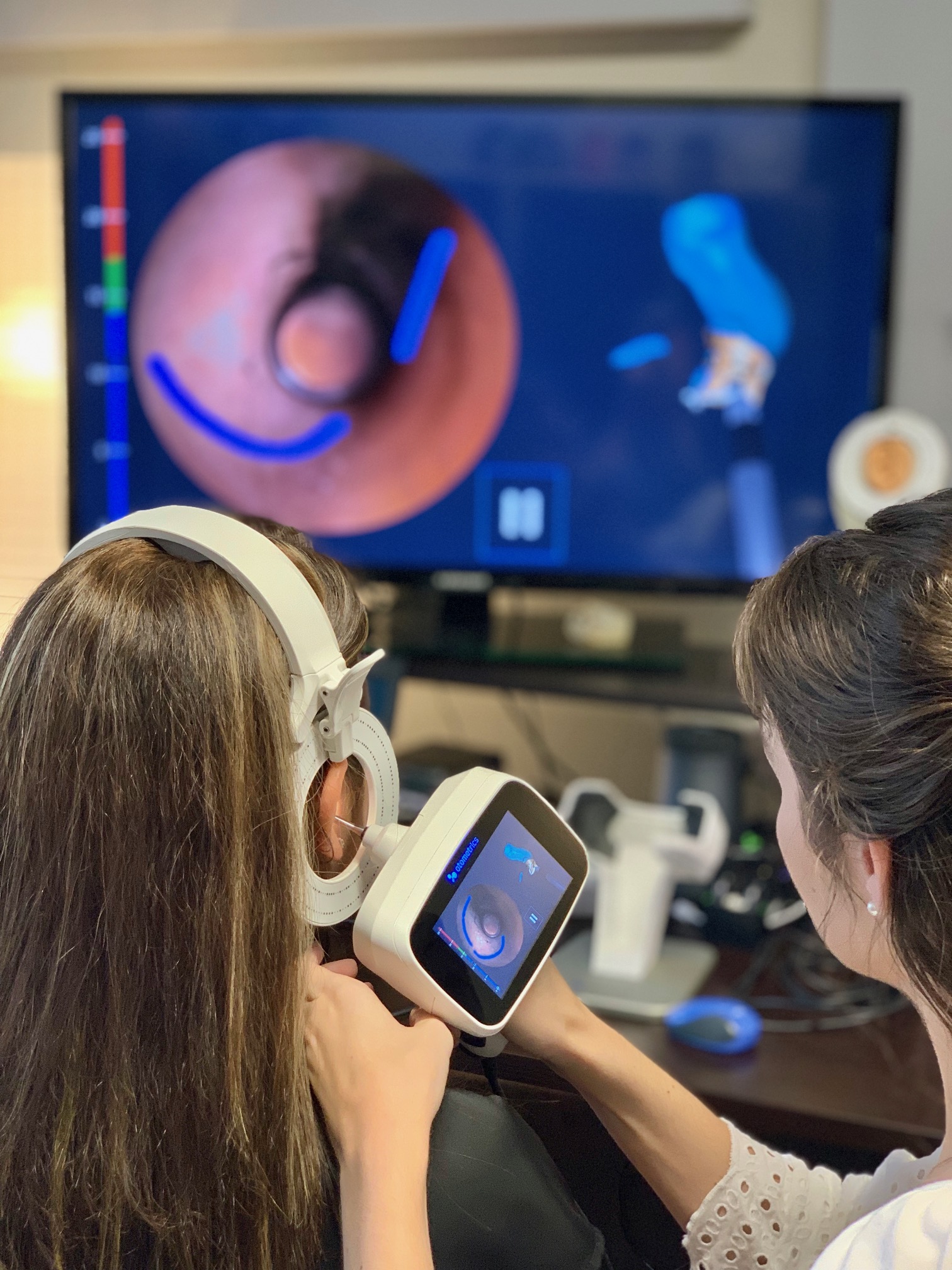
by Paula Rivers Au.D | Aug 1, 2019 | News
We’re really excited here at RK Audiology, and the reason is clear: the OtoscanⓇ Digital Ear Scanner. If you grew up dreaming of advanced gadgets like the ones in sci-fi movies and television, then you can understand why we couldn’t wait to tell you about this exciting new technology. This ear scanner is ahead of its time and is giving us new insight into the way we take care of you, the client. It’s official: the future is here.
What is a Digital Ear Scanner?
OtoscanⓇ is a 3D digital scanner for the ear. It renders 3D images of the inside and outside of the ear which are then saved for creating a digital earmold. This mold then assists in creating custom “in-ear” hearing aids and other custom earpieces with shorter turnaround time.
How Ear Scans Help Your Hearing
RK has recently acquired a 3D digital scanner and the results are amazing. Aside from greater accuracy in creating molds for hearing devices, the scanner is a much more comfortable experience for our clients than traditional ear molds. We are also able to keep these files on hand for future use to help our clients down the road. That means no need to schedule another visit for new scans.
Furthermore, this 3D ear scan allows our clients an accurate view of their own ear. This helps in explaining the often complicated ways in which the ear works and the best methods of treatment. In other words, we love the way it helps you learn how to care for your ears.
Ear Cleaning and Ear Scans Go Hand-in-Hand
If you have visited our office or read our blog posts, you know that we place high importance on getting your ears cleaned safely. One thing we love about the new scanner is how well it supports this treatment. Having an unobstructed view of your ear is key in diagnosing possible issues early on. When you get an ear cleaning and an ear scan together, you are getting the most effective results. It’s as if the two procedures were made for each other!
In general, we love the new Otoscan 3D Digital Ear Scanner. Ear scans are a big part of the future of hearing healthcare, and we can’t wait for you to experience the benefits!
For more information on getting a quality cleaning and scan, schedule an appointment online with us today!
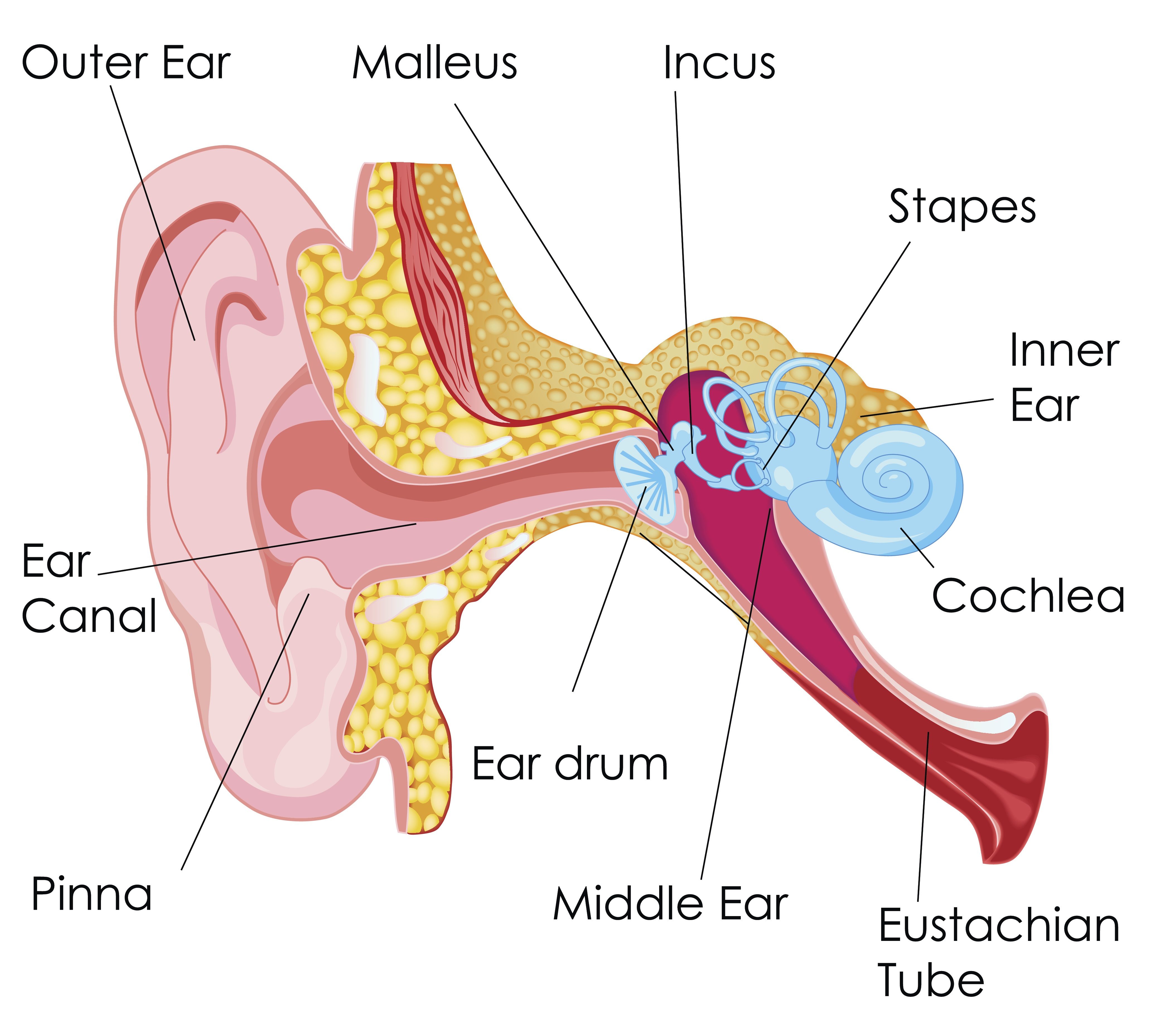
by Paula Rivers Au.D | Jul 1, 2019 | News
You hear it all the time now, like your parents warning you not to run with scissors: don’t clean your ears with cotton swabs. If you’re like most people, however, the idea of getting your ears professionally cleaned sounds absurd. Why would you pay someone to get rid of a little earwax? The answer to that question has everything to do with the ear canal.
Respect for the Ear Canal
This tunnel is the on-ramp to a multilane highway of a number of different organs in our head. The first stop is the tympanic membrane, most famously known as the eardrum. After this gateway, we travel through the middle ear space and then branch off between the inner ear area and the eustachian tube. The inner ear contains the semicircular canals and the cochlea, which do the majority of the work of transmitting sound to our brain and help us maintain balance. The eustachian tube leads to the pharynx, the area of the throat just behind the nose, and fluid from the middle ear drains from here. (When we “pop” our ears while flying, the eustachian tube is largely responsible.)
Being the entry point of not only sound but also so many important regulatory organs makes the ear canal one of the most important parts of your body. So it needs protection.
A Little Earwax is Good for the Ear Canal
The first thing you need to understand is that earwax is not some foreign substance. The ear canal, like many units in the body, is self-cleaning. The skin on the inside of this tunnel secrets a substance called cerumen – earwax – which lubricates and protects. It’s much like the relationship between mucus and your sinuses. It traps dirt and prevents things like pollen and insects from entering the ear. It also has antibacterial and antifungal properties thanks to high acidity. That’s why it tastes so bad; imagine the bitter aftertaste of lemons, vinegar, and tomatoes without the sweetness to balance them, and you have earwax.
Why Clean My Ears at All?
For the most part, earwax removes itself in due time. In fact, cleaning it out can do more damage than good, especially if you are using a cotton swab. There are no two ways about it: you could very easily leave tears in the ear canal or puncture your eardrum. Even if one of these outcomes is not the case, you may wind up impacting the wax, a counterintuitive result to your efforts and therefore decide to not bother cleaning your ears at all.
Sometimes earwax impacts the ear canal even if you don’t use a cotton swab. Debris can still enter, or an infection may occur. If you are starting to feel itching, dryness, diminishment in hearing, or discomfort of any kind, you may need to get your ears cleaned. It is best, therefore, to have a professional cleaning done. The audiologist can then see if there is a greater problem and recommend a treatment plan. Additionally, cleaning your ears is a great part of health maintenance.
You may be wondering: what about home remedies? There are some you can try, such as using a washcloth or tissue to wipe the area outside of the ear canal, or earwax removal drops you can find over-the-counter. Caution is recommended when it comes to others, such as ear candling. It is always best to consult your audiologist when considering a method of ear maintenance and care. They know the most current and reliable methods and can recommend a treatment plan just right for you.
At RK Audiology, we conduct safe, comfortable cleanings that will keep your ear canals healthy and happy. Our audiologists utilize Video Otoscopy – state-of-the-art equipment allowing both you and the audiologist to view the inside of your ear canals with a small camera which transmits to a larger screen. Video Otoscopy is used with every client before and during all ear cleanings. Schedule a cleaning today!
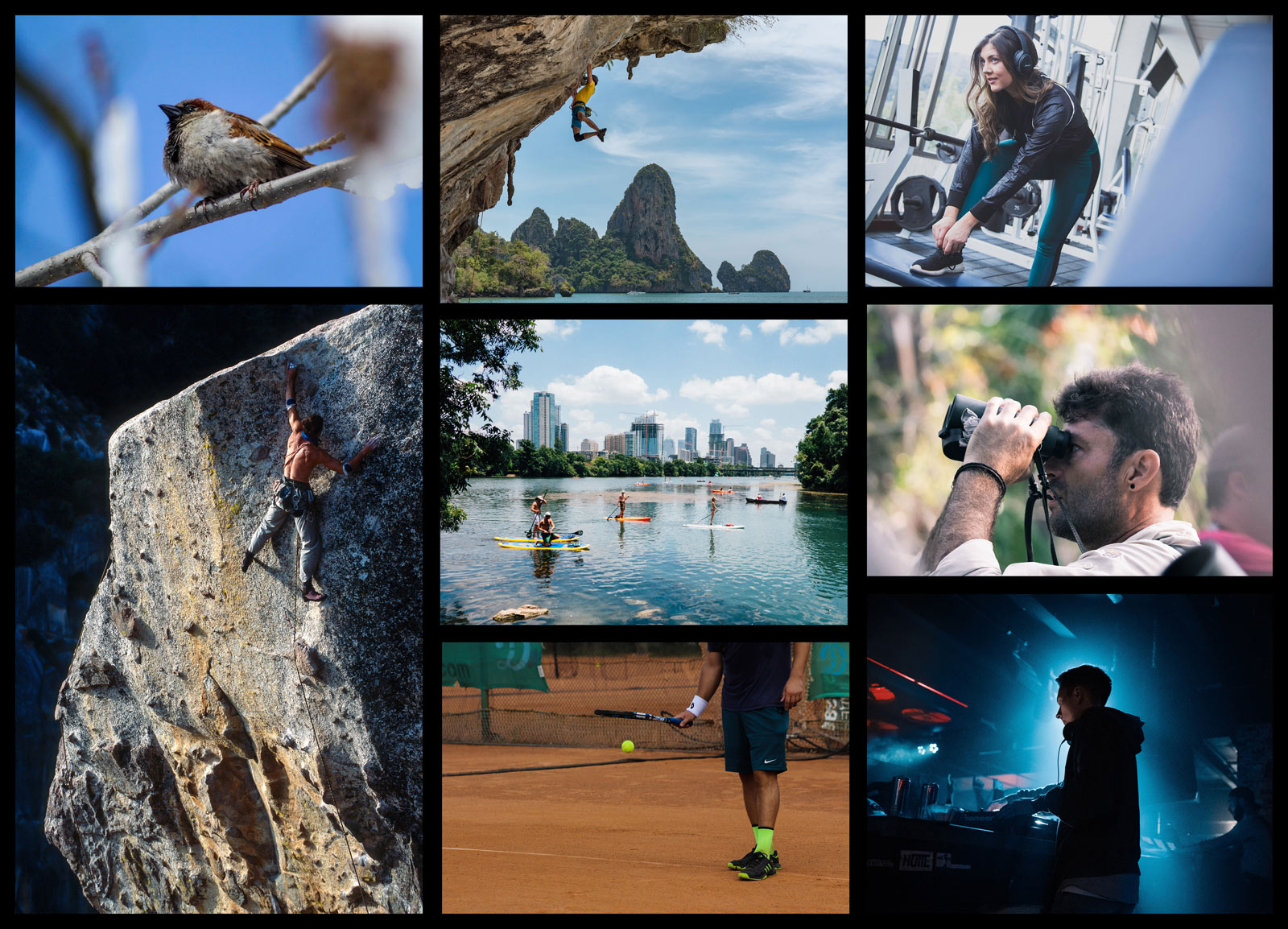
by Paula Rivers Au.D | May 1, 2019 | News
Summer is a great time to indulge your favorite hobbies. Whether you’re out in nature, out on the lake, or out on the town, those humid summer days and warm summer nights make for a great chance to get out and have some fun. While hearing safety is important all summer long, here are some specific reasons why protecting your ears for your favorite hobbies is just a great idea.
Birding
Part of the joy of this hobby is hearing the symphony of bird song, or vocalizations. More importantly, being a proficient birder depends on a good sense of hearing. Hearing loss in the high frequencies is a common affliction, and as a birder, this will mean that you cannot hear bird calls or track birds and other wildlife. Furthermore, poor hearing can muddy the distinction between a mimic and an actual bird call.
Rock Climbing
Rock climbing is a hobby that should carry a healthy dose of respect. Being a well-prepared climber, however, makes this hobby fun and healthy. While the right gear, technique, and practice are needed for a safe climb, healthy hearing should also be a part of every climber’s preparation. A climber with diminished hearing cannot hear instructions from a partner or team. Also, a climber with hearing loss may have poor localization (the ability to tell the direction of a sound source in 3D space). These things can lead to missteps. Keep your hearing healthy, so it can keep you healthy.
Tennis
When the weather warms up, many of us seek outdoor sports to get our blood pumping. Did you know that the sound of a ball on a racket sounds different when you have hearing loss? It may seem like a small thing, but keeping your hearing on point can give you the competitive edge.
Music
Music is a big part of summer. From outdoor concerts to tunes by the pool, summer has a soundtrack. Everyone remembers their favorite song from “that summer when…” This rings especially true if you are a musician. Hearing loss can seriously affect those summer memories, in more ways than one.
Hobbies may not begin with healthy hearing, yet it’s clear you will enhance your summer fun by getting treatment for hearing loss and protecting your hearing. Schedule an appointment with RK Audiology today to find out how you can get the best out of the season!
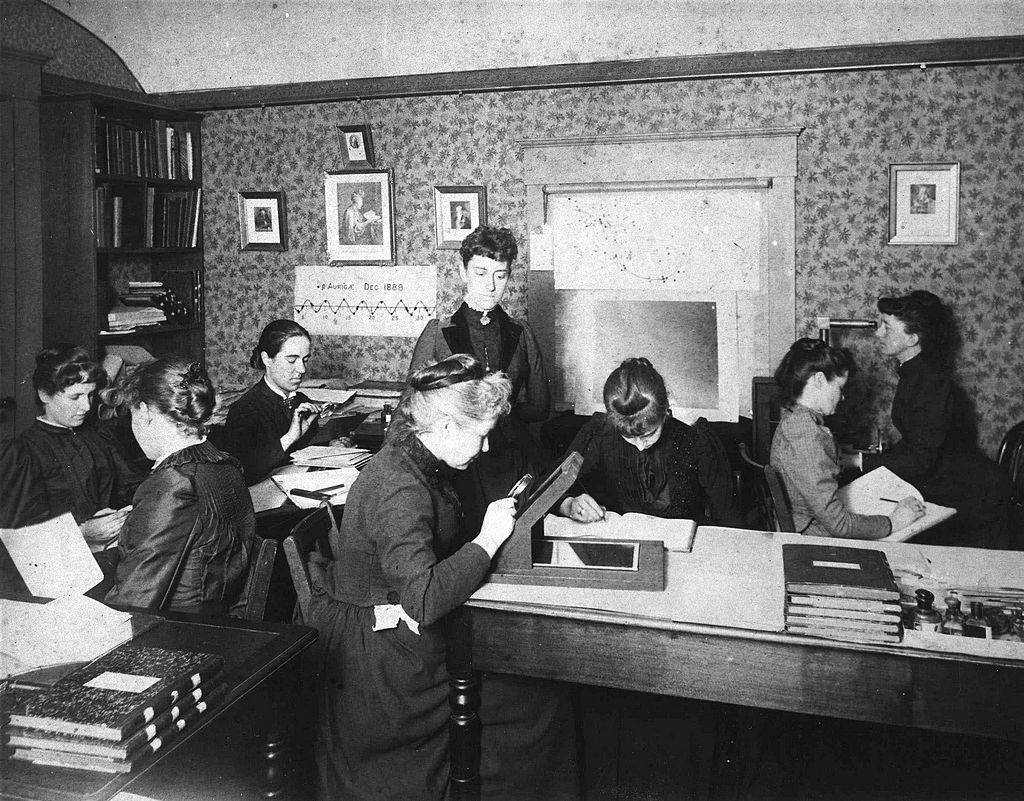
by Paula Rivers Au.D | Mar 22, 2019 | News
In the late 1800s to early 1900s, a group of skilled workers processed astronomical data. They were all women. Not allowed to operate telescopes, these women instead acted as human computers, operating under Edward Charles Pickering for the Harvard Observatory. It is here that Annie Jump Cannon and Henrietta Swan Leavitt would change the face of science.
Computer “Stars”
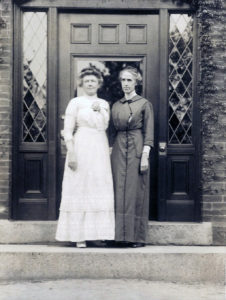
Annie Jump Cannon &
Henrietta Swan Leavitt
Cannon’s mother had been the first to teach her about the stars, and astronomy would later help her cope with her mother’s death. She had contracted scarlet fever as an adult, leaving her nearly deaf. Despite this, she was hired by Pickering to classify stars in the southern hemisphere after graduating Wellesley College. Leavitt studied math and the classics, traveled and taught before being hired by Pickering to measure star brightness through photometry. She, too, was nearly deaf.
Cannon and Leavitt proved that women were more than up to the task of critical detail this work required. Leavitt was known for being “hard-working, serious-minded…, little given to frivolous pursuits and selflessly devoted to her family, her church, and her career” and Pickering himself was quoted as saying “Miss Cannon is the only person in the world—man or woman—who can do this work so quickly.”
Changing History
Interestingly, it’s this very dedication to work that makes it unclear whether these women were friends or simply colleagues. Cannon received more recognition than Leavitt, whose work was often credited to Pickering. Cannon, on the other hand, was the first woman to receive an honorary doctorate from Oxford and become an officer in the American Astronomical Society.
While they may not have purposely worked together to bring change to their field, each woman’s individual impact showed that women were more than serious-minded enough for the rigorous field of science. Cannon became the first female assistant to study variable stars at night, using “light curve” and color to help classify and identify stars more easily. She developed the Harvard Classification Scheme, which would become the new standard of star classification. Leavitt found hundreds of new variable stars and discovered that some stars have the same intrinsic brightness (no matter their distance from Earth). Leavitt also developed, and continued to refine, the Harvard Standard for photographic measurements.
Women like this continue to inspire women and people with disabilities. Cannon and Leavitt looked to the stars, and in so doing, they set their sights on a better future for all of us.
https://en.wikipedia.org/wiki/Annie_Jump_Cannon https://en.wikipedia.org/wiki/Henrietta_Swan_Leavitt











